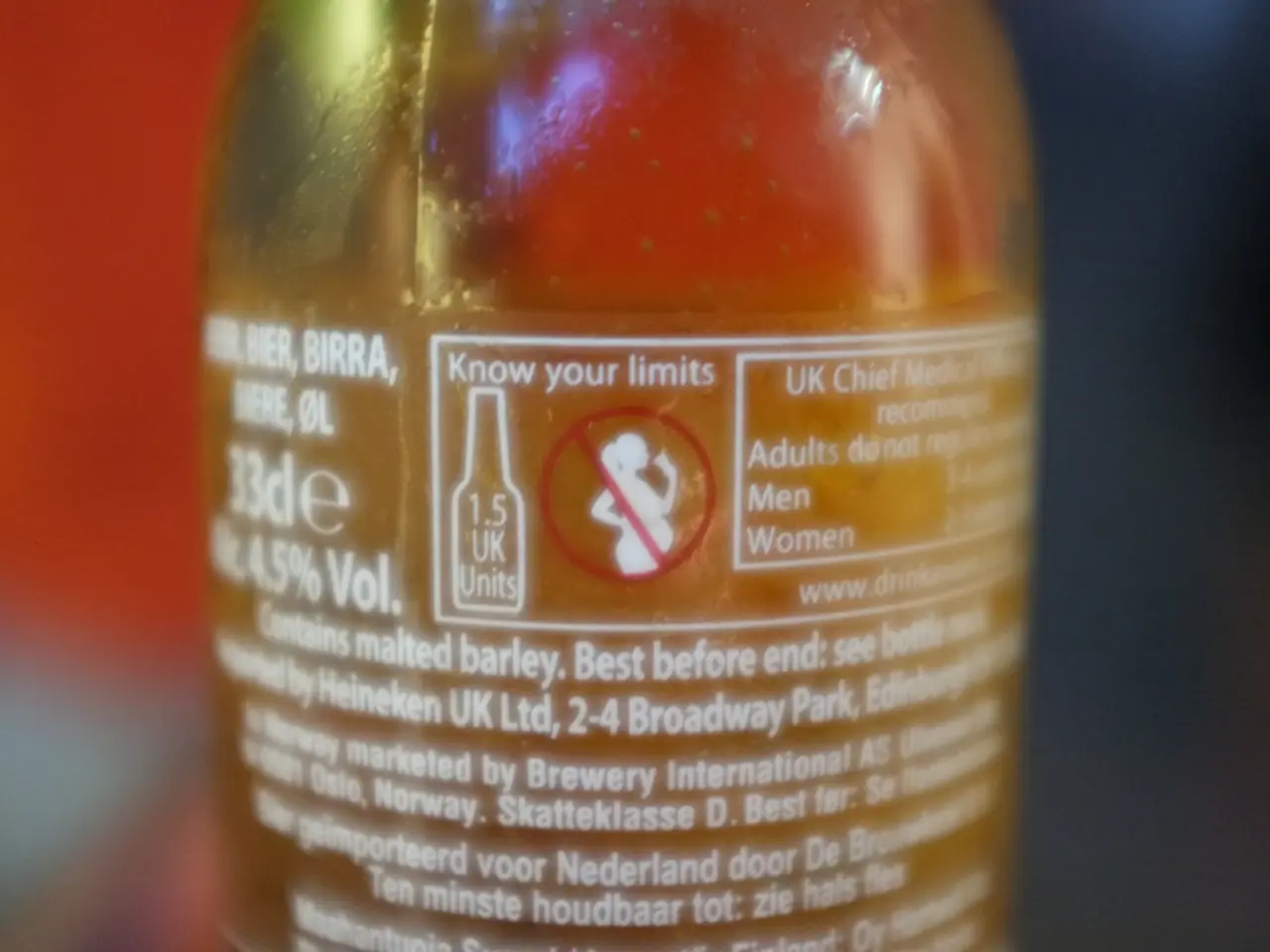Comprehensive English Explanation of Medical Prescription Terms
In the realm of healthcare, prescriptions play a vital role in ensuring patients receive the correct medication and treatment. This article aims to help you navigate the often confusing world of medical prescriptions by explaining common terms and abbreviations.
Prescriptions are directives written by medical practitioners, authorizing patients to receive a specific medicine or treatment. They typically contain essential information such as patient details, medication names, dosage instructions, and frequency. Understanding this information is crucial for ensuring proper medication use and minimizing potential harm.
One of the most important aspects of reading a prescription is understanding potential interactions and contradictions. Prescriptions often warn patients about interactions with foods, other medications, or health conditions. For example, 'Do not take with alcohol' or 'Avoid grapefruit juice' are common warnings found on prescriptions.
The abbreviation 'po' in a prescription means the medication should be taken by mouth. 'Prn', on the other hand, means 'pro re nata', cueing the patient to take the medicine as needed. '25 mg po once every morning' indicates the medication should be taken orally once every morning, while 'Q4-6h' signifies every 4 to 6 hours.
Other common abbreviations relating to medication timing or instructions include 'AC' (Ante cibum, meaning before meals), 'BID' (Bis in die, or twice a day), 'QID' (Four times a day), and 'HS' (Hora somni, meaning at bedtime).
In addition to these, familiarizing oneself with other common medical terms can also help decode prescriptions. Terms such as 'BP' (Blood Pressure), 'HR' (Heart Rate), 'ECG or EKG' (Electrocardiogram), 'MRI' (Magnetic Resonance Imaging), and 'DNR' (Do Not Resuscitate order) are commonly found in prescriptions or medical records.
Patients on certain medications, like statins, may be warned to avoid grapefruit products as they can increase operational concentration levels, risking heightened side effects. Proactively consulting healthcare providers for clarification remains paramount if instructions remain unclear or ambiguities arise.
Lastly, reviewing current prescriptions with newfound knowledge ensures ongoing stay informed and active participation in your health care journey. Clear communication with medical professionals guarantees that any subsequent prescriptions are perfectly understood and correctly followed. Don't hesitate to consult with a pharmacist or medical professional to clarify any doubts or when prescription language feels opaque.
By understanding the terms and abbreviations used in medical prescriptions, patients can empower themselves to better comprehend their treatment plans, minimizing potential harm and ensuring proper medication use.
- In the realm of health and wellness, therapies and treatments often include alternatives like CBD, which is a compound derived from cannabis plants, known for its potential medicinal properties.
- In the world of medical-conditions and treatments, a prescription for a CBD product might be recommended by a medical practitioner, authorizing the use of this substance as part of the treatment plan, accompanied by dosage and usage instructions.




